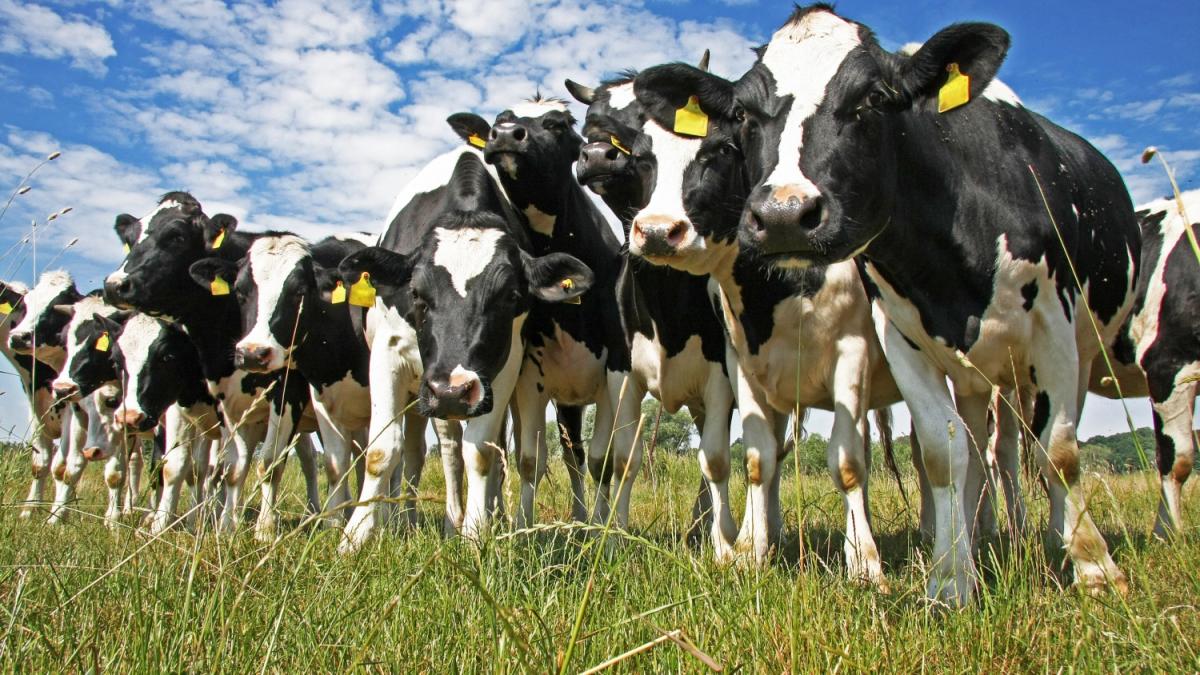It was after 6 p.m. and approaching 0 degrees Fahrenheit on a March evening when Doug Turner started the second milking of the day of his 42 cows at the family farm in Waitsfield, Vt. In a work-worn orange hoodie and flannel-lined jeans, the third-generation farmer started from the southeast corner of the barn, attaching one of his three milking machines to the swollen udder of a black and white cow.
“This one’s my oldest,” Turner told me, patting Bianca, a Holstein approaching her 13th birthday.
The milk flowed out of the barn, through a steel hose, to the tank in Turner’s cramped, old-fashioned milk house. Every other day, a milk truck from Organic Valley picks up this dairy and brings it to a processing facility — the closest ones are in Connecticut or New York — where it is pasteurized, homogenized, packaged, and dispatched to the grocery shelf.
All told, the average American gallon of milk travels 320 miles from udder to grocery store shelf, a journey that often crosses state borders. That seems like a long way to go, given that milk is produced in all 50 states.
But farmers don’t have much control over where their milk goes, or how... Read more
